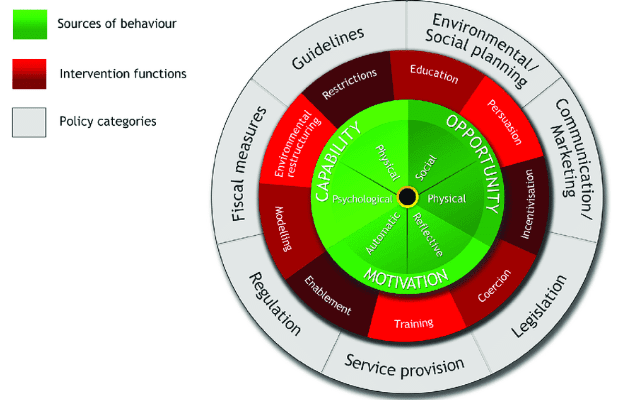We all know that behaviour change is hard. You only have to look back at the New Year’s resolutions you made in January to know that it requires a number of things to fall into place if you’re going to make a permanent change.
The same is true for the way individuals manage waste. We get into certain habits and ways of thinking, and it can be difficult to change. Yet, as populations grow, managing waste becomes a significant problem for cities, authorities and governments. They need to engage with their residents so that everyone can work together to manage waste better – from the way they shop to how they recycle or reuse at the other end.
This is a big societal change. The nature of the transformation needed is dependent on the starting point – so some places have a bigger hill to climb than others. But wherever that starting point is, leaders need to understand the psychology of behaviour change and the factors that drive it.
The science of behavioural change
Behavioural science is a fascinating part of psychological study. It deals with understanding human nature and studying how that nature can be influenced in order to achieve a particular outcome – ethically and authentically.
Think about the last time you made a significant change to the way you behave. It might have been giving up smoking, starting to go to the gym or changing your diet. To succeed, you’ll probably have done some or all of the following:
- Worked with someone else to help you stay accountable.
- Given yourself rewards for reaching certain milestones.
- Downloaded an app to help you reach your goals.
- Planned your change around your other daily behaviours.
- Decided what to do with any money you save.
- Read up on the best way to get started and maintain your actions.
- Set small, achievable goals to help measure progress.
If any of those feel familiar, then you have already engaged with behavioural science. The question is, how do you apply this to large-scale habit change?
COM-B and the Behavioural Change Wheel
In 2011, Michie et. al. published a research paper on the COM-B behavioural model. This model is now widely used by educators, legislators and other authorities to design and implement behaviour change.
COM-B is simple at its core. Once you have defined the group of people whose behaviours you want to change, and the behaviours you are targeting, you can design a change programme that meets one or more of the key elements:
Capability – having the physical and mental ability to engage in the behaviour.
Opportunity – being in a physical and social environment that supports the behaviour, or makes it possible.
Motivation – being more motivated to do the target behaviour than other behaviours.

The team behind the COM-B research developed the Behavioural Change Wheel to illustrate how this system works.
You can see from the graphic that the inner green area focuses on Capability, Opportunity and Motivation, which are then broken down into into the types of ‘interventions’ that may be necessary to influence the behaviour. Finally, the outer circle looks at policy areas that may come into play.
Understanding before change
The critical aspect to any waste management campaign that uses behavioural change is to understand the current position. So most projects will start with a survey that looks at current behaviours and challenges to change. The results of this type of survey will help groups to decide where the campaign should focus, what practical elements need to come into play and whether both incentives and disincentives have a role.
It’s important to remember that habits are hard to change. So any campaign must make change easier than the alternative.
For example, if a local authority wants to improve recycling, it first needs to understand the current barriers to recycling. It could be that residents feel:
- Collections are not frequent enough.
- They don’t know what they can and can’t recycle.
- The authority already asks too much of them.
- It costs too much to buy a recycling bin.
- It’s easier to put materials in the general waste.
- They are cynical that the material they put for recycling is actually recycled.
- They see others putting non-recyclables in the bin and feel there’s no point in making an effort if others aren’t.
Once campaign designers know what the main issues are, they can start to design a programme to help people improve recycling rates. This might include:
- Education – content delivered personally or digitally that makes it clear what goes in the bin. In some cases, this might be on the bin itself. Also, content that explains why this is important.
- Community buy-in – working with local shops and suppliers to look at environmentally-friendly packaging, zero waste offers and other ways to reduce plastic buying at source.
- Incentives to buy bins, and perhaps a campaign to give free bins to poorer households.
- Recycling bags or boxes for inside the home, to make it easier to separate waste – particularly for those living in apartment blocks.
- Financial incentives for those who recycle more – with smart bin technology, this is more likely to happen in the future.
- Collections when the bin is full – again, smart bin technology will promote better collection logistics in the future.
Plan for long-term change
One thing that behavioural scientists agree on is that behavioural change takes time. Properly designed, implemented and reinforced, it can drive long-term changes in both attitudes and actions. For most waste management authorities, grappling with how to deal with the current waste crisis, using behavioural science is likely to be a key driver for the future.






